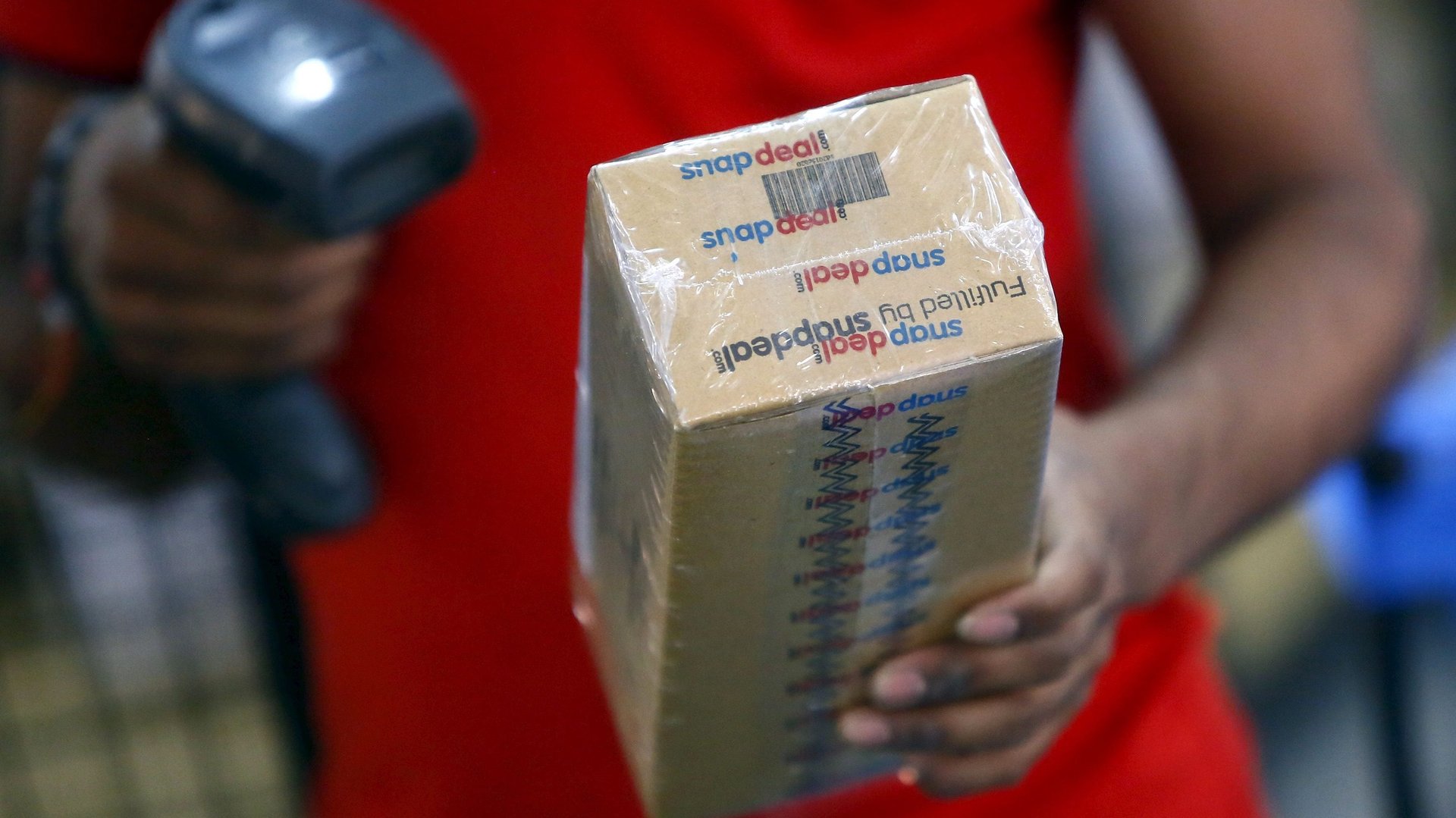One in three Indians have received fake products from e-commerce websites
Indian e-commerce has an acute counterfeit problem.


Indian e-commerce has an acute counterfeit problem.
Even as the sector readies to touch over $200 billion by 2026, nearly one in three Indians have reported receiving a counterfeit product through online shopping, according to a dipstick survey by Velocity MR, a Mumbai-based market research and analytics company.
“Even though the e-commerce companies/platforms state a zero tolerance towards any malpractices, considering the very nature of the business, it would not be possible to maintain a problem-free zone,” Jasal Shah, managing director and CEO of Velocity MR, said in a press release. When fraudsters sell fake products under the pretext of originals, “this not only causes monetary loss but also jeopardises the goodwill of the original player,” the study notes.
The survey polled 3,000 respondents from across Mumbai, Delhi, Bengaluru, Kolkata, Hyderabad, Chennai, Ahmedabad, and Pune, and was conducted in the first week of April 2018. The firm collected data on consumer encounters with fake and counterfeit products while shopping online and how they deal with these run-ins.
Mobile phones and computers were the most exploited category, followed by fashion products, according to the survey.
“Different product received” was the most common indicator used by consumers across portals such as Amazon, Flipkart, Paytm, Myntra, and Shopclues to indicate their experience with fakes.
More than nine in 10 people returned the wrong products and got their money back. Nearly the same share returned an order despite not getting their money back.
For the most part, Indians can’t tolerate receiving the wrong product. Over half the respondents said they would not buy counterfeits or fakes under any circumstances. One in four would buy them if priced less than the original; 20% would do so if the quality is close to the original.
In spite of these problems, trust in e-commerce platforms mostly remains intact. Only 11% of the respondents said they’d stop online shopping completely in light of these experiences. Awareness is rising, though. “(Online consumers) have become more alert, check more details, and also compare prices before a purchase,” the study noted.